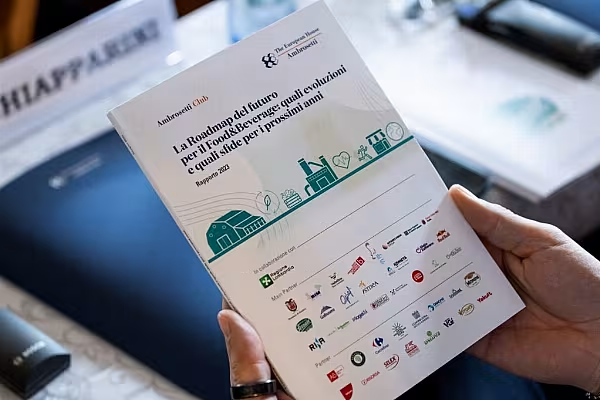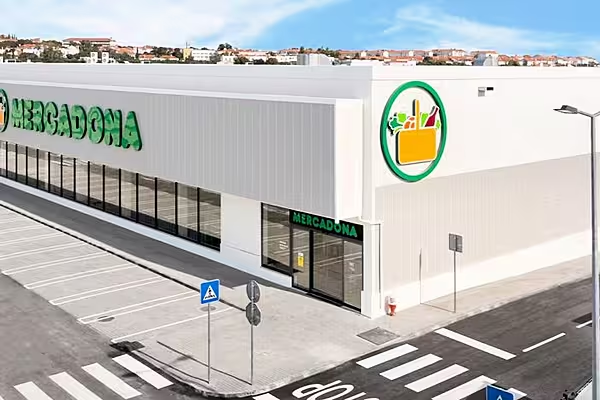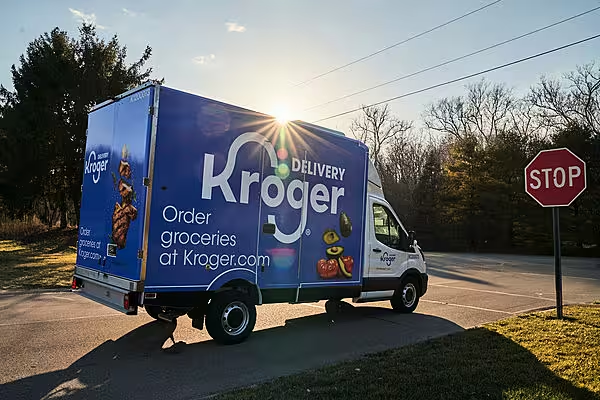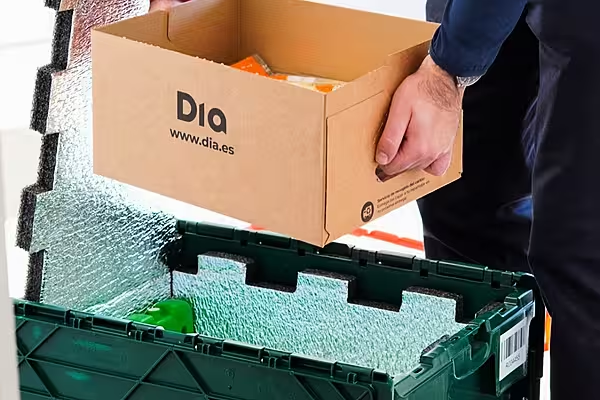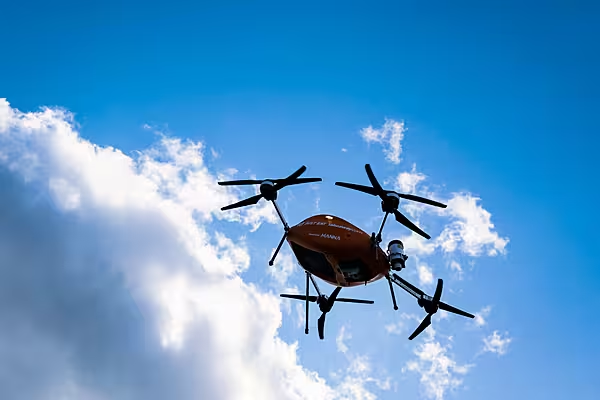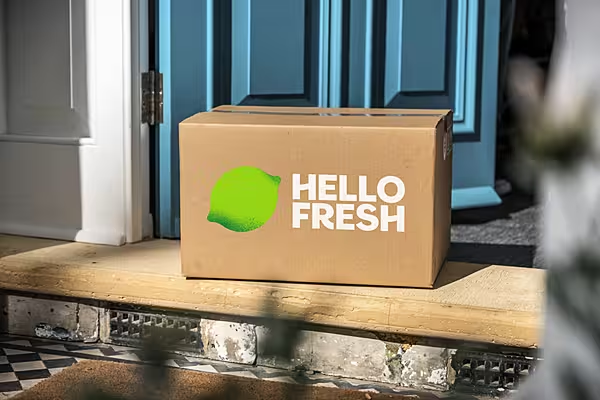The food delivery sector in Italy is currently valued at €1.8 billion and serves 71% of the Italian population, according to a new study by The European House – Ambrosetti.
While sales through food delivery platforms in Italy were valued at €70 million in 2015, they rapidly grew to over €360 million in 2018 and topped €700 million in 2020, the study found.
Pandemic-Driven Growth
The COVID-19 pandemic led to further exponential growth, with the market seeing a 20% increase in value between 2020 and 2021.
Between 2010 and today, the food e-commerce sector has grown at an average annual growth rate of 39%.
The total turnover of the market stood at €4.7 billion, the study found.
In 2022, e-commerce accounted for 3% of the total food sector turnover.
Advice From Digital Platforms
Italian consumers are increasingly turning to digital devices for meal ideas – some 60% of consumers show a strong interest in cooking, while 31% browse social networks with the intention of discovering new products to buy.
The emergence of the food delivery sector has given rise to a new array of production facilities, such as dark kitchens (kitchens that specialise only on home delivery), ghost kitchens (lab-style kitchens), social kitchens (events where the kitchen is the leitmotif), and shared commercial kitchens (for optimisation of management costs).
However, some critical issues within the sector remain, including difficult contractual situations and the departure of some players.
The latest case concerns Uber Eats, which after seven years of service and a presence in over 60 Italian cities, has discontinued its food home delivery operations, citing the lack of organic growth as one of the reasons.
